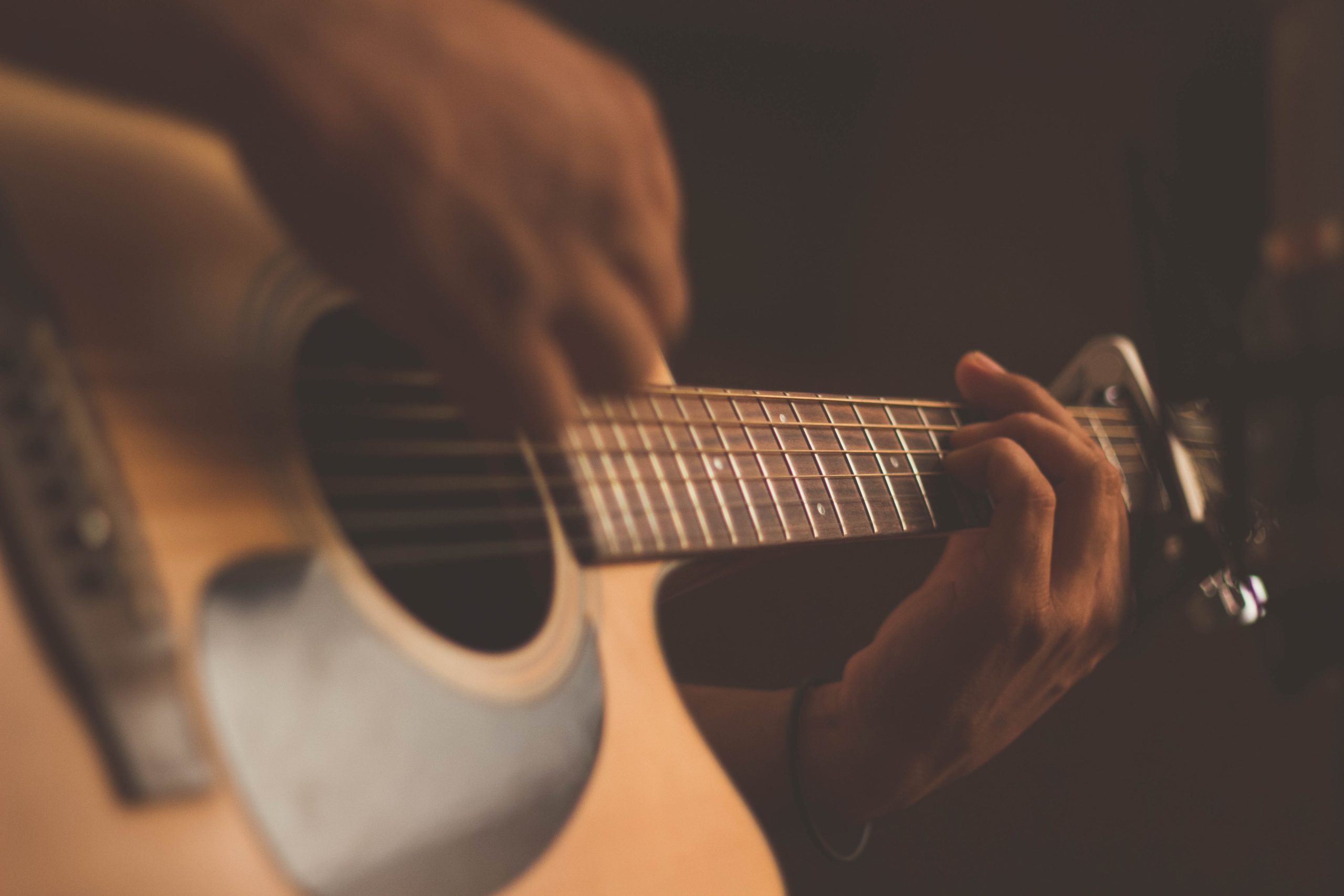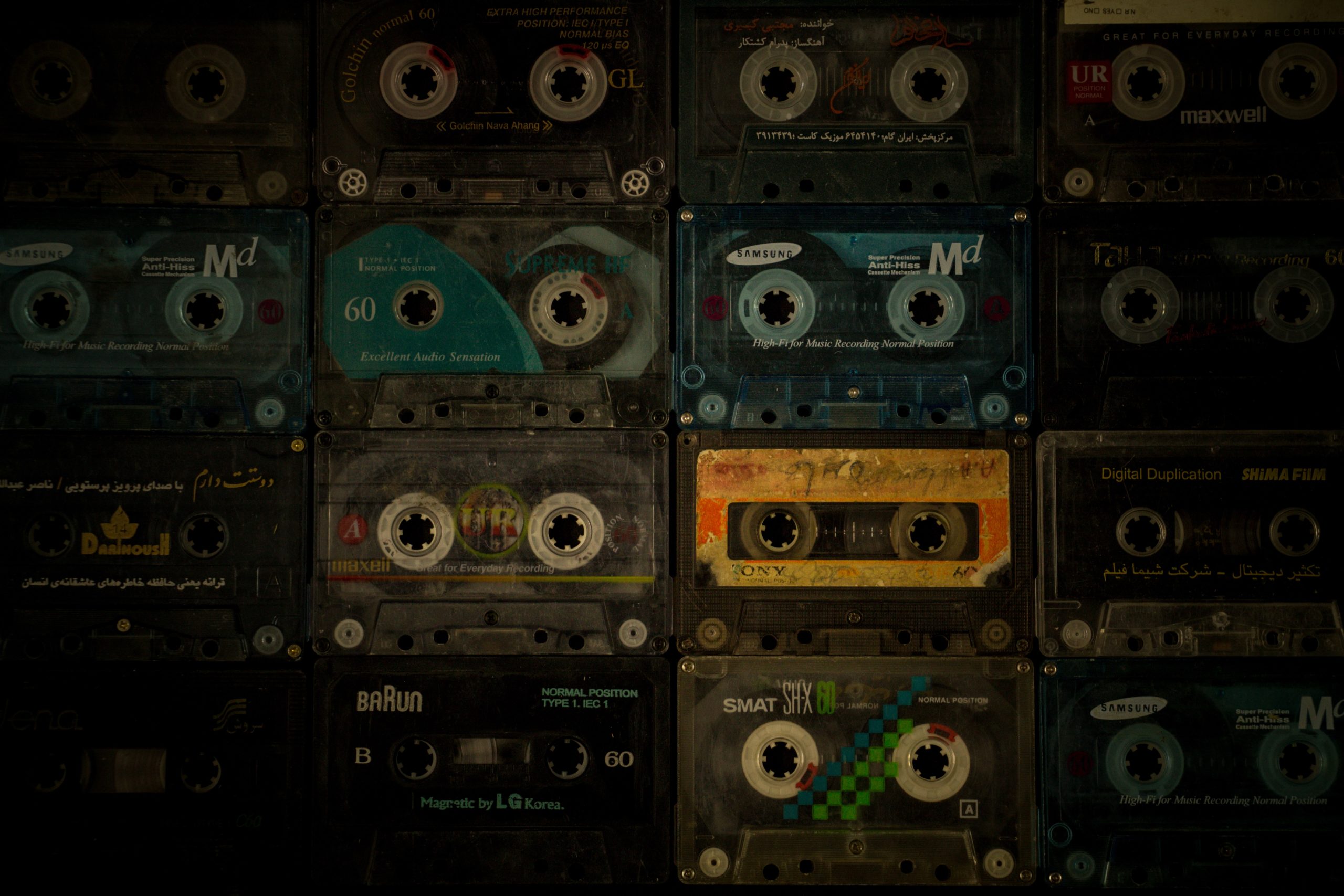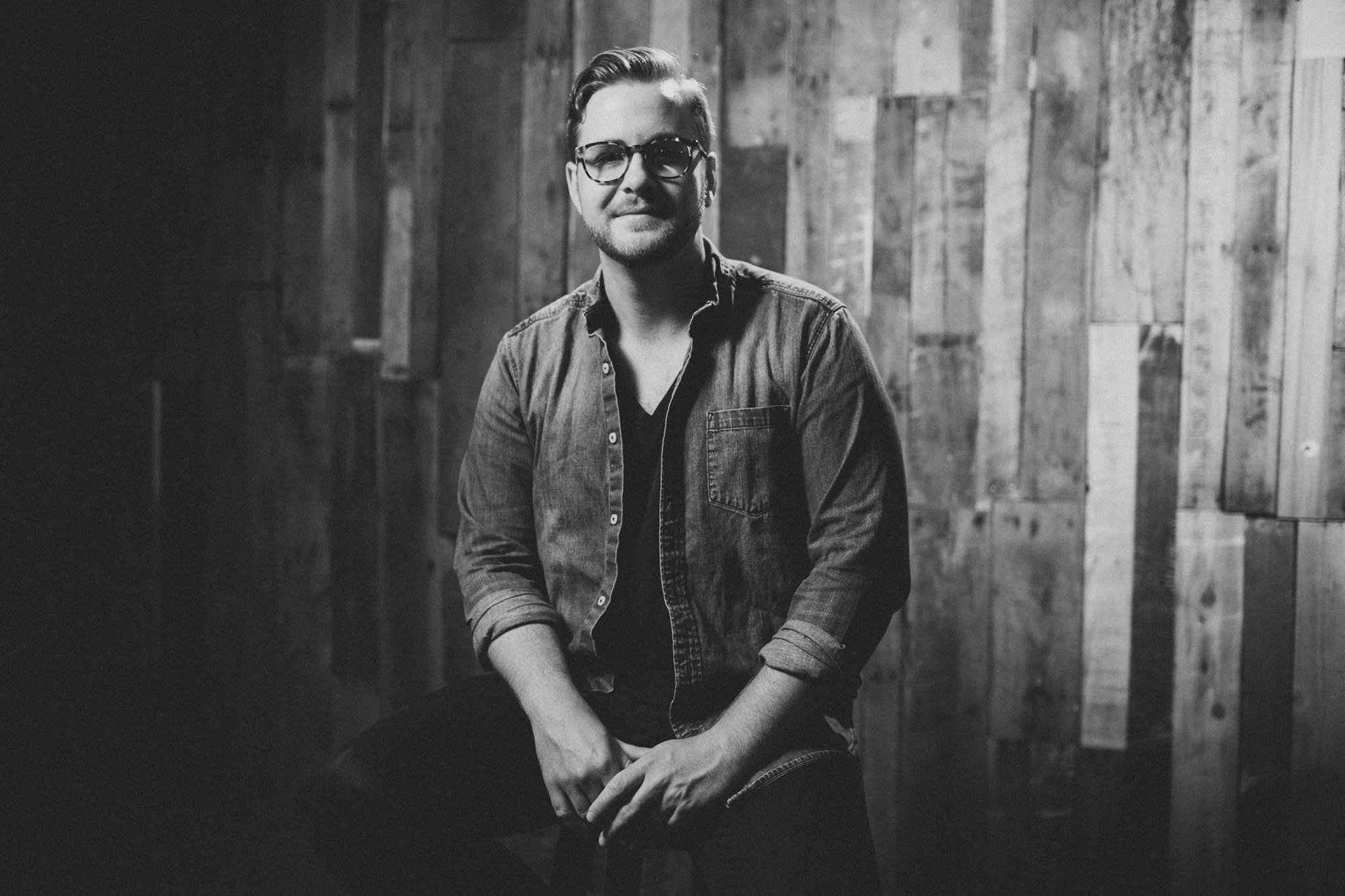If you want to write memorable songs, and especially radio hits, you owe it to yourself to learn the art of writing strong song bridges.
A well-written bridge is the icing on the cake of your verses and choruses, and a great one can take your song to a whole new level.
On one hand, you want to avoid including a bridge when you don’t need one.
But you also want to be able to tell when a bridge either doesn’t fit in a particular song or when it’s dragging your song down and needs to be re-written.
And like everything else in songwriting, there are always popular trends to be aware of if you want to get cuts.
In this post, you’ll learn everything you need to know to master your bridge-writing game:
- What is the bridge of a song
- Why use bridges in songs?
- How to know if your song needs a bridge
- Common questions on song bridges
- 12 tips for writing a good bridge
- 10 memorable examples of bridges in songs
Are you ready to start building great song bridges?
We’ll start with the basics.
What is the Bridge of a Song?
A bridge is a transition that connects two sections of a song.
It functions very much like bridges on land, helping the listener move from one part of the song to the next — often from a chorus to a last verse or between two choruses near the end of your song.
Bridges typically provide a contrast to the rest of the song, while still fitting in with the overall vibe. They can feature different melodies, chord progressions, instruments, dynamics, keys, tempo, or meter.
Your bridge will usually be one of the shorter sections in your song. But that doesn’t mean it’s unimportant (or that you can slack off when writing one.)
Quite the opposite.
Because it’s a shorter section and it has an important role to play, your bridge really has to pack a punch.
Why Use Bridges in Songs?

Bridges aren’t just filler.
Remember from the post on song structure that:
- Your verses usually contain your best song lyrics and move the story forward.
- Your chorus contains your catchiest, most memorable lyrics and your best, high-energy melody.
- Your bridge’s main job, if you include one, is to give your listeners’ ears some variety and ramp up the interest in the song. It should either set the stage for a big emotional payoff in the final chorus, or deliver one itself (often both.)
Let’s look at a simple song structure, VCVC or VCVCVC, where V is a verse and C is a chorus.
If your 2- to 3-minute song relies only on choruses and verses, your listeners might start to feel that it’s predictable or, worst case, even boring.
A bridge gives you a great opportunity to mix things up and pull listeners back in, giving you another popular song structure — VCVCBC (with B representing the bridge.)
Here are some of the ways a strong bridge can strengthen your song:
- Variety – Because bridges are musically different, they pique your listeners’ interest. They make the song less predictable — and therefore, less potentially boring.
- Impact – Your bridge lyrics can convey new, important information that moves the story forward, even delivering a shock or a surprise.
- Energy – Bridges build tension before an emotional payoff or climax, like the last epic chorus.
- Transition – Strong bridges make your song flow smoothly from one section to the next.
Bridges have many advantages. The trick is using them wisely.
How to Know if Your Song Needs a Bridge
Not all songs need a bridge. More and more popular songs either skip them or keep them short.
Still, there’s no strict rule, just like there’s no surefire formula for writing hit songs.
Your decision will be mostly based on feel and intuition — which will grow as you gain more and more experience writing songs.
If you’re not sure, experiment. Try a song with a bridge or without a bridge. Does it work better one way or another?
Ask yourself these questions:
Is your song flowing well without a bridge?
- You may not need one.
Are there any sections that are dragging or feeling boring?
- Try adding a bridge to see if it helps.
Does your song need something different musically to keep it interesting?
- Try adding a bridge to spice things up.
Does it need some additional lyrics to bring the story home?
- Pack your bridge with strong writing.
The most important takeaway is to use bridges judiciously. Don’t assume that every song needs one. If you include a bridge, have a good reason for it.
Common Questions on Song Bridges
Next up, answers to some of the questions I’m asked most frequently.
How long should my bridge be?
There’s no set length for a bridge. They’re usually four or eight bars long, but the trend in current popular music is to make them on the shorter side.
Where should a bridge be located in a song?
Bridges usually appear about halfway through the song or closer to the end. While they’re usually found after a later chorus or verse, or a chorus and a solo, technically they can appear just about anywhere.
How many times should I repeat a bridge?
Usually, your bridge will only appear once — but again, there are no hard and fast rules. If a bridge is working within the structure of a song, you can repeat it right away or later in the song.
In today’s pop music, it’s common for a single, powerful lyrical line to be repeated twice (or more) in a bridge.
Can I end my song on a bridge?
No. Since a bridge connects two different song sections, a bridge at the end of your song would be called an outro.
Are there other names for bridges?
You’ll sometimes hear bridges referred to as the Middle 8 — because they are 8 bars that appear in the middle of your song.
12 Tips for Writing a Good Bridge

Use these pointers as inspiration the next time you write a bridge.
- Try using an acoustic breakdown. Simplify your music — bring down the energy, have fewer instruments in the mix, and then build the energy back up going into the last chorus.
- Change up your chord progression. Consider introducing a new chord or removing one or two of the chords that appear in the verses and chorus.
- Write a new melody. Your bridge’s melody should be noticeably different from the rest of the song, while still obviously belonging to it. Often (but not always) the bridge’s melody will have a lower energy, while your chorus’s melody is usually the highest energy.
- Switch up your dynamics (loud vs. quiet). Often, bridges will be quieter than the rest of your song, but not always.
- Play with tempo. This has to be done carefully, of course, and it’s not common in popular music. But if you’re feeling brave, why not give it a try?
- Experiment with key changes. Another tweak that’s not often done in today’s pop music, a key change can influence your song’s mood, create new emotions, and add interest.
- Switch up your song’s rhythm. Some common ways to do this are to move to half time or double time, but simply incorporating different drum patterns may be all you need to help your bridge stand out.
- Add new instruments. Your bridge is a great place to add ear candy with instruments that are not featured in the rest of the song, or that aren’t obviously noticeable in the mix.
- Add an emotional punch with your lyrics. This especially works with some surprising revelation about the story you’re telling. It’s a great way to make sure your song is unforgettable.
- Leave it open. Don’t resolve your bridge by ending on the tonic (the I chord), but use an unresolved chord instead — say, a V or vii chord — to build anticipation and lead listeners into the next section. Check out this post on How to Compose Music for more.
- Find a placement that works in your song’s structure. Should your bridge come before or follow a solo? Should it lead into a final chorus or pre-chorus? Should it precede a third verse? There’s no way to be sure except to experiment.
- Try keeping things subtle. You don’t always need lyrics in a bridge — maybe a simple vocalization will work to create the perfect emotional buildup and tension.
Most of all, don’t force anything. As Paul Simon says, see where your song wants to go and follow your instincts.
10 Memorable Examples of Bridges in Songs
Check out these songs for examples of different ways to use bridges in your songs.
Good Vibrations by The Beach Boys
This classic song features a longer bridge, starting around 1:42, that includes several brilliantly-written sections that are different from anything that appears in the song up to that point — including new rhythms, harmonies, lyrics, and instruments.
We Can Work It Out by The Beatles
Another classic example of bending the rules, this longer bridge, including the heart of the song’s argument for not arguing, appears twice in the song at 0:37 and at 1:22.
You Oughta Know by Alanis Morrisette
This bridge is more subtle, with no new lyrics. It breaks down musically starting at 2:33 and adds some cool vocalizations. Then it brings instruments back in to build the energy leading into the emotionally blistering pre-chorus and final chorus.
Fix You by Coldplay
This song features a longer bridge that kicks in at 3:20. The phrase, “tears stream down your face” is repeated 4 times, building the sad emotions before the final, hopeful last chorus.
Copycat by Billie Eilish
This breakdown bridge at 2:00 lowers the energy of the song and removes most instruments. This forces the listener to focus on the lyrics, which seem to be an apology — until the abrupt about face at the very end of the bridge with, “psych!”
Little Red Wagon by Miranda Lambert
This bridge in this fun song starts at the 2:00 mark and takes a surprising twist. It starts off with a seemingly predictable breakdown of the song’s opening lines but then takes on an almost improvised feel with some spoken lines. You can almost see Miranda delivering those off-the-cuff lines from the stage.
Since U Been Gone by Kelly Clarkson
At 1:52, notice that the melody and energy both lift, ramping up the emotion and anticipation going into the final chorus. There’s a big payoff everyone can relate to — “You had your chance, you blew it.”
Call Me When You’re Sober by Evanescence
This bridge at 2:20 is a quintessential example of a big reveal. Even more unusually, the title of the song only shows up once in the song. We know that the relationship’s not a happy one, but we don’t know exactly why until the other shoe drops in the bridge, leading to a very satisfying story ending.
I was a co-writer on these next two #1 hits. You can see how the bridges in these two songs differ.
God Only Knows by for King & Country
This bridge starts at 2:30. It’s a great example of a longer bridge, where the lyrics and certain phrases repeat. It’s also emotionally very powerful, tying together the whole song. If you’re going to cry, or feel more hopeful, it will happen when you hear the bridge.
All to Myself by Dan + Shay
This bridge starts at 1:55 and is preceded by a short instrumental at 1:45. While this bridge is very short (again, repeating a single lyric twice), it also drives home the point of this love song very clearly: “Girl, I want you in the worst way.” Perfect for date night.
Are you Ready to Level Up Your Bridge-Writing Game?
I hope this post has given you lots of inspiration for writing great song bridges.
After all, bridges shouldn’t be an afterthought — they’re an important section with a potentially powerful role to play in making your songs the best they can be.
So keep these tips handy the next time you sit down to write.
I can’t wait to see what you come up with!
Want more? Get started writing your next song with these songwriting tips for beginners and pros alike.


